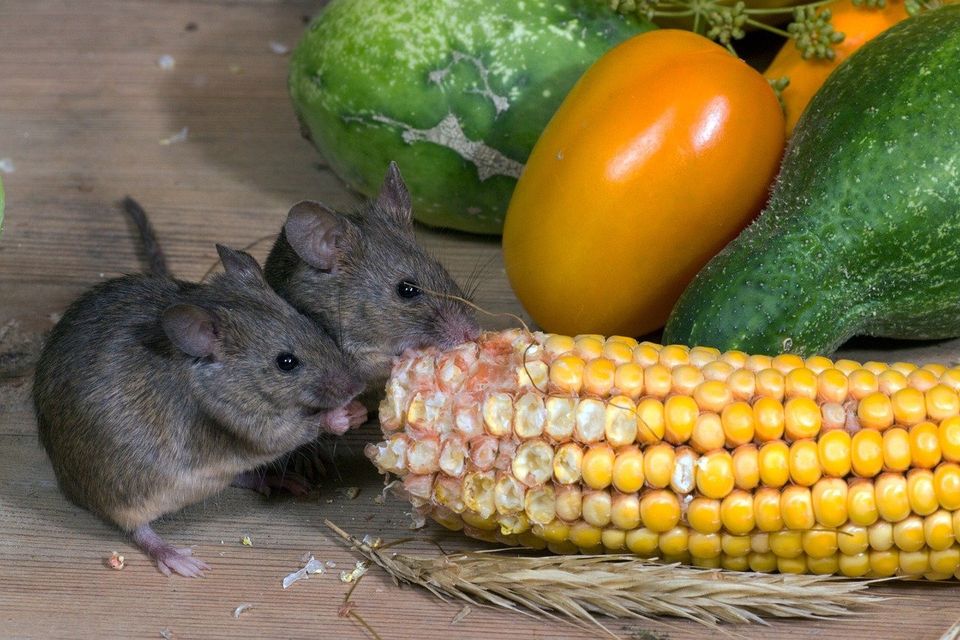The Dangers of Mice In and Around Your Home
And how to get rid of them
It’s interesting how so many pesky little critters are personified in cartoons. It almost makes us forget reality and disregard that even Mickey Mouse, is indeed, a mouse. And mice are definitely not man’s best friend. While these small rodents may be cute and their little squeaks may be endearing, they sure can create some havoc in your home.
Though it isn’t as common in the summer months, when the weather starts to cool down, rodents begin to look for warm places to help them survive the winter. Mice are incredibly nimble too, so they don’t require a large hole to squeeze their way in. Unfortunately, rodent droppings, which are inevitably left behind by these critters can transmit foodborne illnesses such as salmonella. Mice are also often commonly associated with diseases such as hantavirus, lymphocytic choriomeningitis, tularemia, and plague.
Since mice can drop fecal pellets 70 times per day, and that means that prevention is essential to keep your family safe and healthy.
A mice infestation in your home can create additional problems beyond impacting your health. Mice breed quite rapidly, and this means that the dangers rise significantly once there is more than one mouse inside the home. As mentioned, mice can fit through seriously small holes, and even holes smaller than they appear. Holes and cracks in your home’s foundation and the outer walls are the perfect entry points. Additionally, doorways and the areas around your windows, roof vents, chimneys, and wherever pipes and wires can enter your home. And unknown to many, but mice can jump, climb, and swim, which means prevention of a home invasion is quite tricky.
Mice can chew and eat through anything, but they seem to love grains. Mice can gnaw their way through a box of cereal or crackers without expending much effort at all. And very much unlike people, mice eat between 15 to 20 times per day, and because of this, they tend to build their nests near food sources (such as your kitchen pantry).
The dangers of a mouse in the house include:
- Contamination of food and surfaces caused by mouse urine and droppings
- The spread of bacteria and serious diseases such as hantavirus, lymphocytic choriomeningitis, tularemia, and plague
- Extensive damage to building structures and furniture as mice tend to gnaw
- The danger of electrical fire if the mice find can get access to electrical equipment
Keeping mice out of your home
Though it may seem like a losing battle, there are steps that you can take to prevent mice from infesting your home. So, once you detect that you have a mice infestation, it is vital that you deal with it right away to best prevent the chance of damage and disease spreading.
The most common do-it-yourself (DIY) methods include snap traps, poison pellets, or bait stations. If you wish to use a trap, be sure to set it and place it in the areas around your home where you have seen mice. For the best results, use a piece of a cracker spread with peanut butter in the trap (unless someone in your home has a peanut allergy, and in that case, use a smelly cheese). Then, proceed to check the traps daily. When checking the traps, be sure to wear a pair of vinyl or latex gloves. Dead mice should immediately be placed into a plastic bag and then into the outside garbage.
If you prefer a non-lethal option, there are all-natural formulas that aggravate the senses of all rodents, which in turn makes the area quite unbearable to the mouse. The vapors subsequently discharged by granules are a powerful irritant that disorients the mouse’s sensitive nervous system, without creating impact on the humans in the home.
Critter Repellent All Natural Animal Repellent Blog













